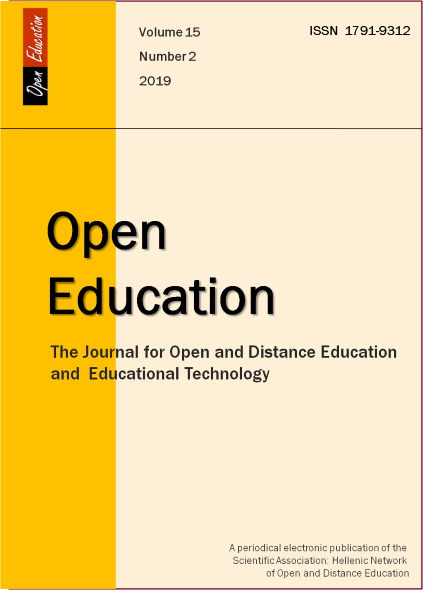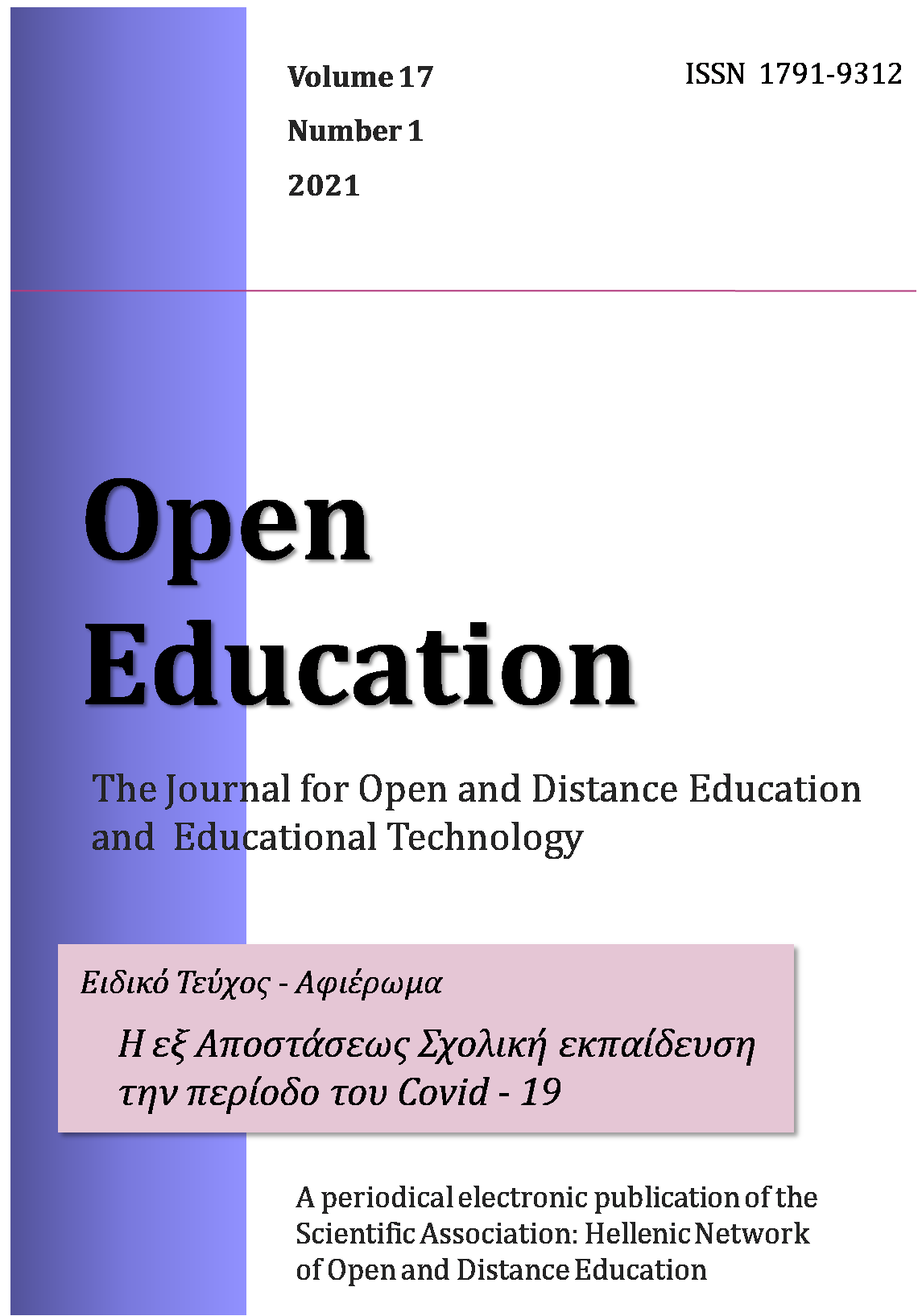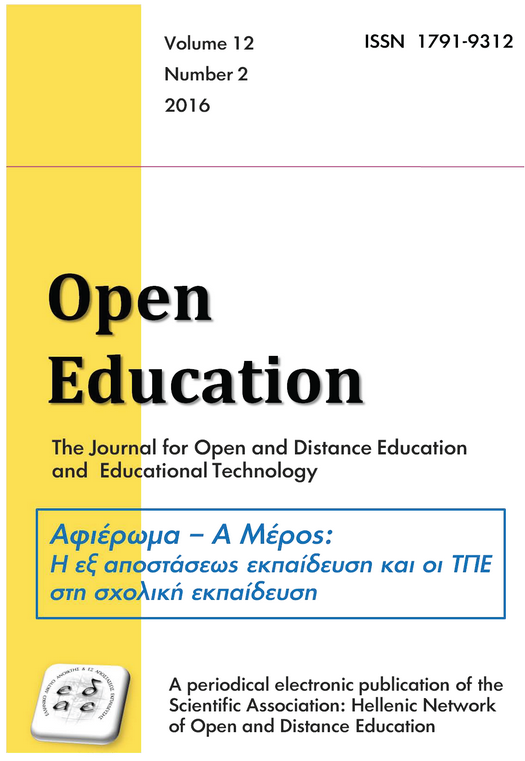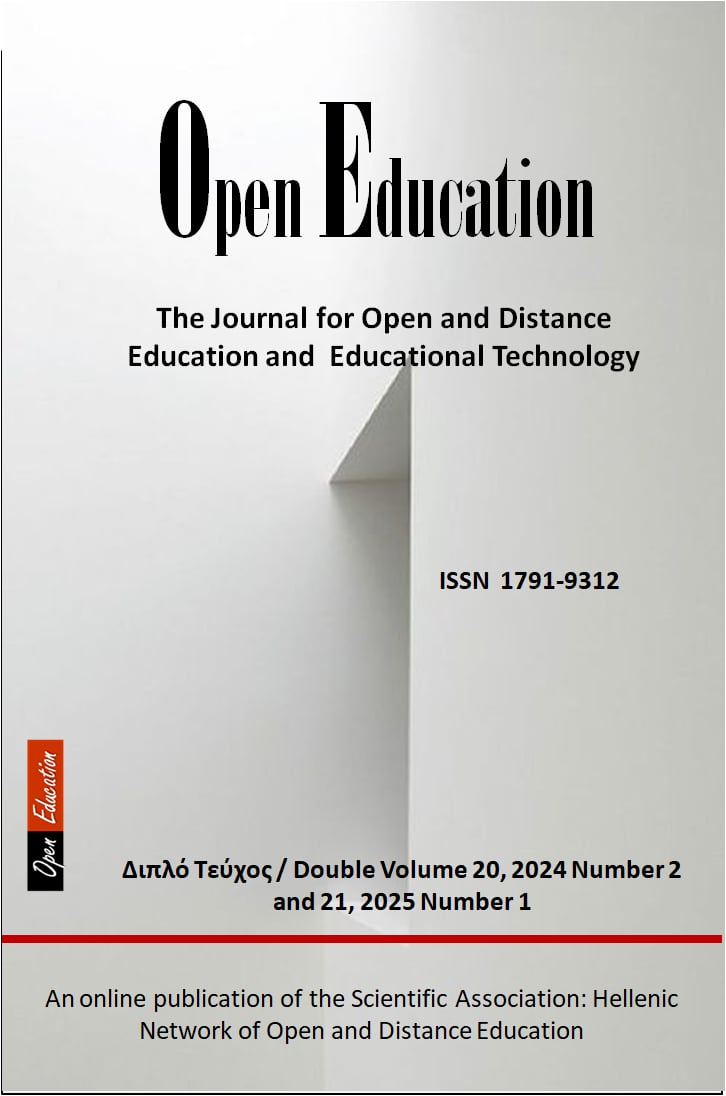Διδασκαλία της Διάθλασης του Φωτός με τη Χρήση της Εφαρμογής Δισδιάστατης Απεικόνισης Algodoo
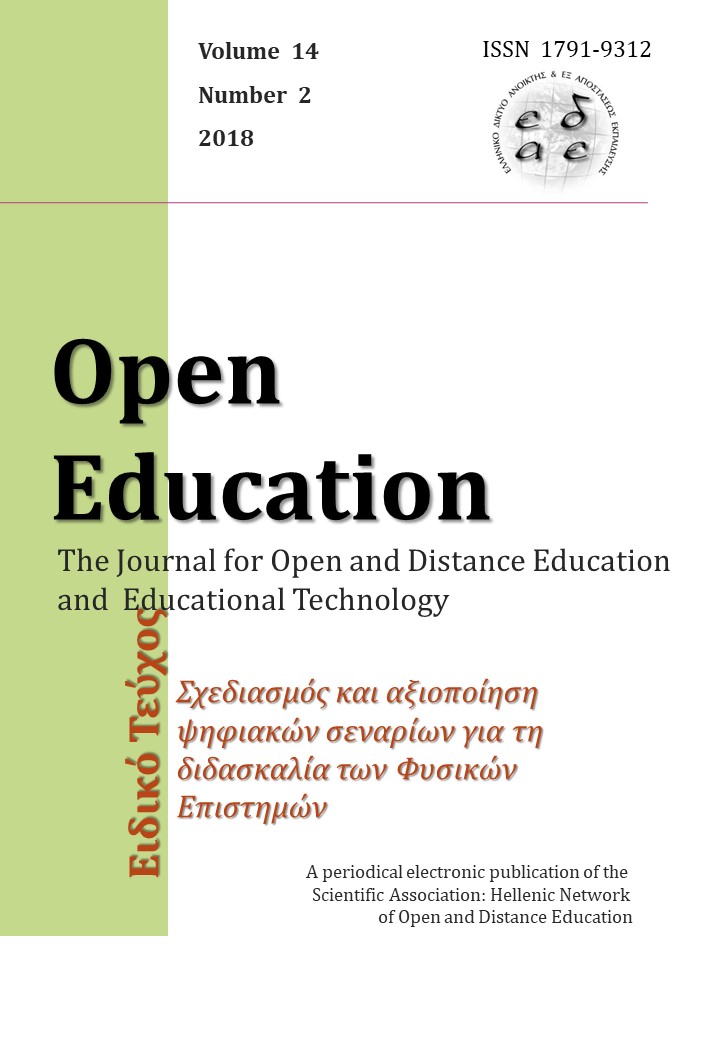
Περίληψη
Λεπτομέρειες άρθρου
- Πώς να δημιουργήσετε Αναφορές
-
- Τεύχος
- Τόμ. 14 Αρ. 2 (2018)
- Ενότητα
- Μέρος πρώτο / Section 1



